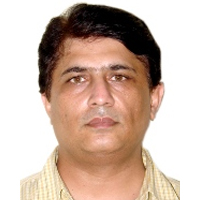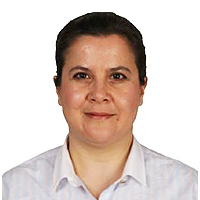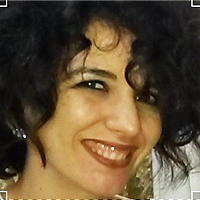A case of resistant hypercalcemia in a peritoneal dialysis patient with underlying Vitamin A toxicosis
Published on: 7th October, 2021
OCLC Number/Unique Identifier: 9305374138
Hypercalcemia in End Stage Renal Disease on Dialysis, is a frustrating complication for both medical staff and patients, and it may lead to vascular calcification, Calciphylaxis, and even aggravating cardiovascular disease, even in the absence of risk factors which can lead to early death [1], and correcting Hypercalcemia even in the absence of hyperphosphatemia is out most important to improve co-morbid conditions and reduce mortality, most common causes in end stage renal disease, includes high calcium dialysis bath, high dietary intake of Calcium rich food, exogenous intake of calcium products, or excessive intake of Vitamin D, underlying Sarcoidosis, rare causes need to be explored in resistant cases, including Vitamin A toxicosis, as being presented in this case.
Medical mystery: Deposition of calcium oxalate and phosphate stones in soft tissues
Published on: 30th September, 2022
OCLC Number/Unique Identifier: 9639226630
Calcinosis cutis (CC) [1] is an unusual disorder characterized by calcium-phosphate deposition into cutaneous and subcutaneous tissues. There are five subtypes: dystrophic, metastatic, idiopathic, iatrogenic and calciphylaxis.Calciphylaxis or calcifying panniculitis is defined as small vessel calcification mainly affecting blood vessels of the dermis and subcutaneous fat. Despite the predominance of cases in patients with ESRD, calciphylaxis can also be found in patients with normal renal function and normal levels of calcium and phosphate. These cases are often referred to as nonuremic calciphylaxis (NUC), a heterogeneous category with several associations. Literature reveals an association with hyperparathyroidism (28%), malignancy (22%), alcoholic liver disease (17%) and connective tissue diseases (11%) while obesity, liver disease, high-serum calcium (Ca) × phosphorus (P) levels, combined therapies of calcium salts with vitamin D, warfarin and corticosteroids have been observed to increase the likelihood of this disease [2]. The lesions in both nonuremic and uremic calciphylaxis tend to be indistinguishable from each other, initially presenting as tender subcutaneous plaques that progress into nonhealing ulcers with overlying black eschar. Skin changes often begin with a livedo reticularis pattern that can progress to livedo racemes and ultimately retiform purpura.In our clinical case, we describe a patient with multiple risk factors for calciphylaxis, intense widespread calcification (vessels, tendons, joints) and cutaneous calcific stone of calcium and phosphate oxalate not elsewhere described before.
Calciphylaxis in Hemodialysis
Published on: 20th July, 2023
Calciphylaxis (CP) or uremic calcific arterial disease (CUA) is a rare, potentially fatal calcific vasculopathy characterized by calcific and thrombotic occlusion of the vessels of the subcutaneous and dermis leading to extremely painful necrotic lesions. It mainly affects patients with end-stage kidney disease (ESKD) and under long time dialysis. The only therapeutic option is represented by intravenous sodium thiosulfate. Currently, clear guidelines are lacking. We have had a good therapeutic response with doses of sodium thiosulfate in association with multidisciplinary management of the patient (vulnologist, dermatologist, nephrologist, dietitian, and cardiologist). There is limited literature on the use of DOAC therapy as a successful alternative to warfarin in patients on dialysis with calciphylaxis. The left atrial appendage closure could represent an important alternative to dicumarolics in patients with atrial fibrillation with calciphylaxis. A new perspective for the treatment of this disease is SNF472 a selective inhibitor of vascular calcification.
















